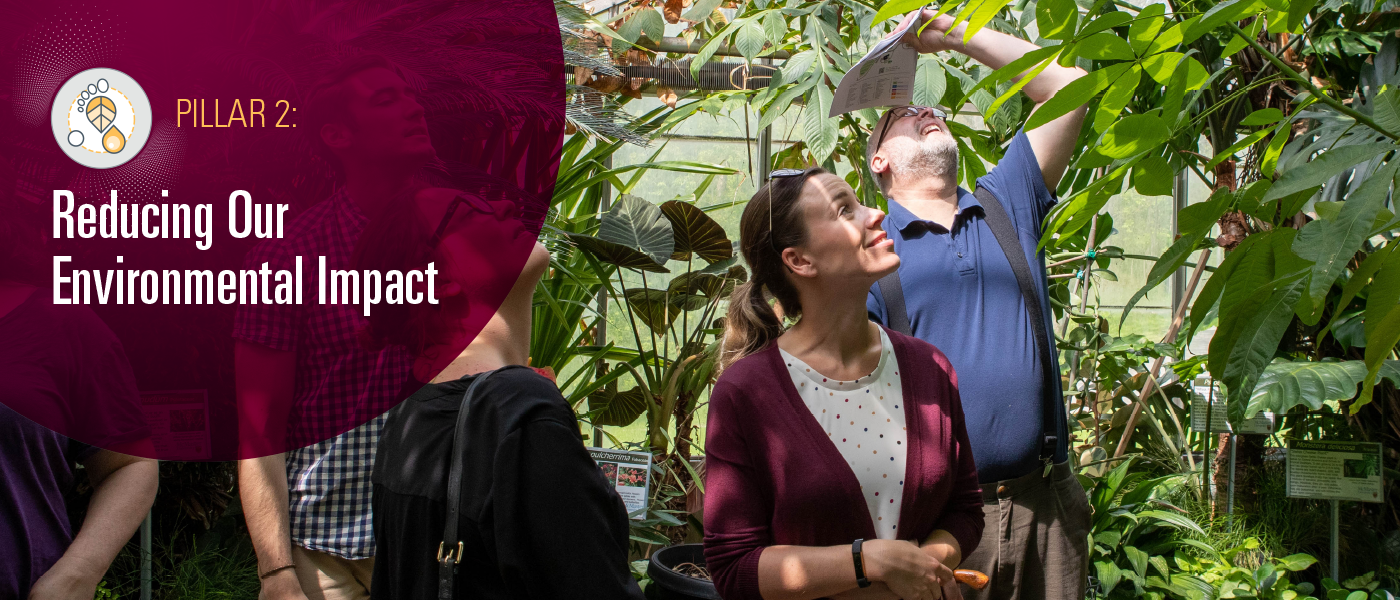Pillar 2: Reducing Our Environmental Impact
Pictured Above: Employees touring the greenhouse on campus during orientation.

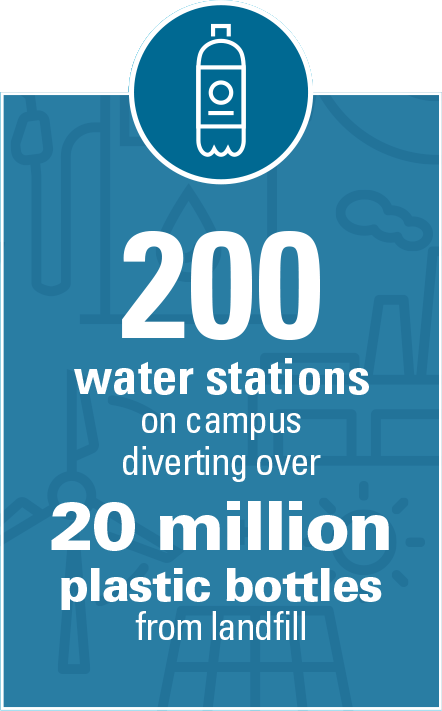
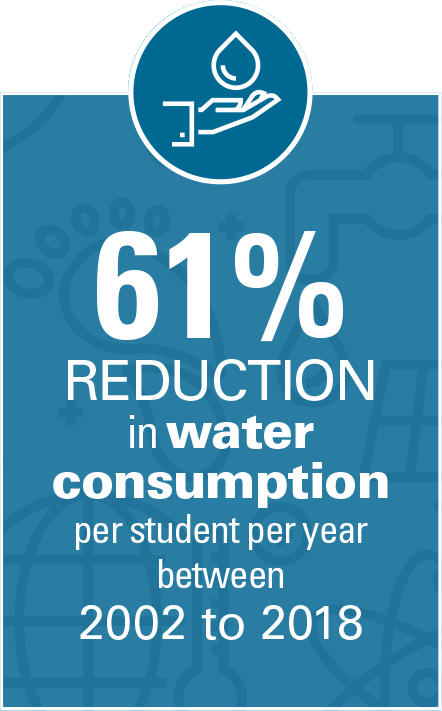
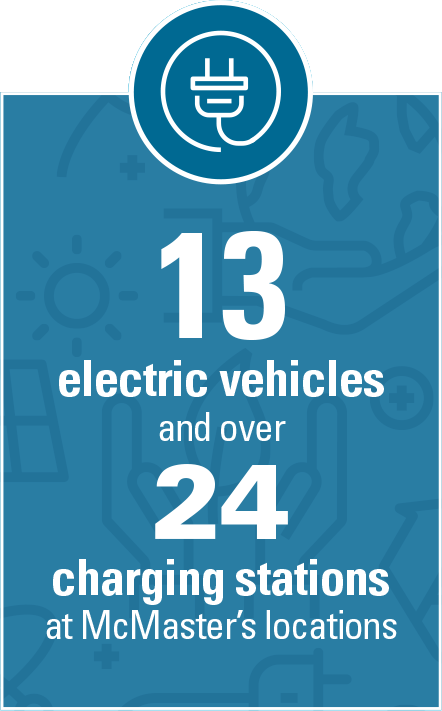
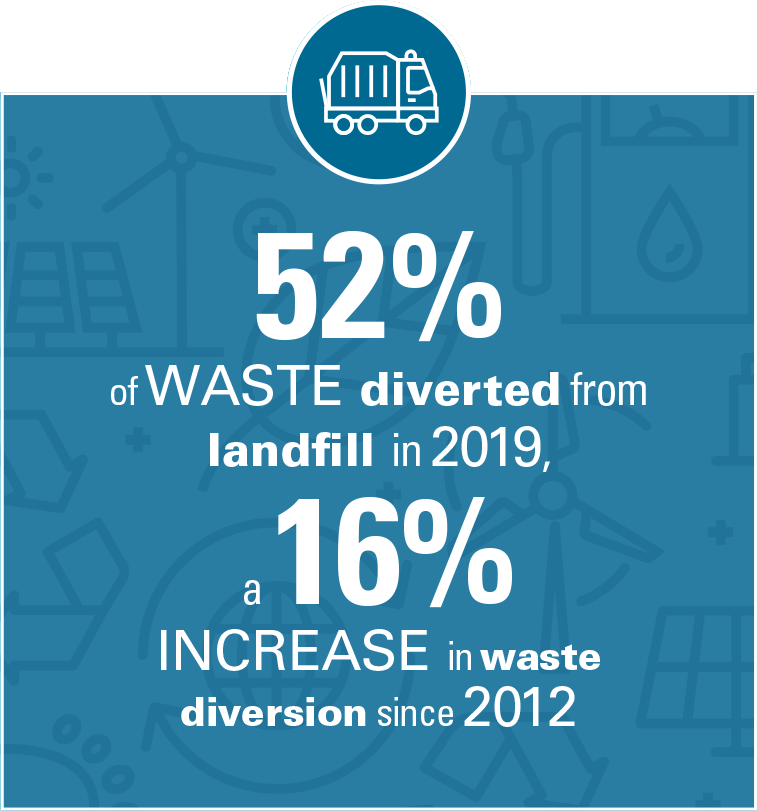
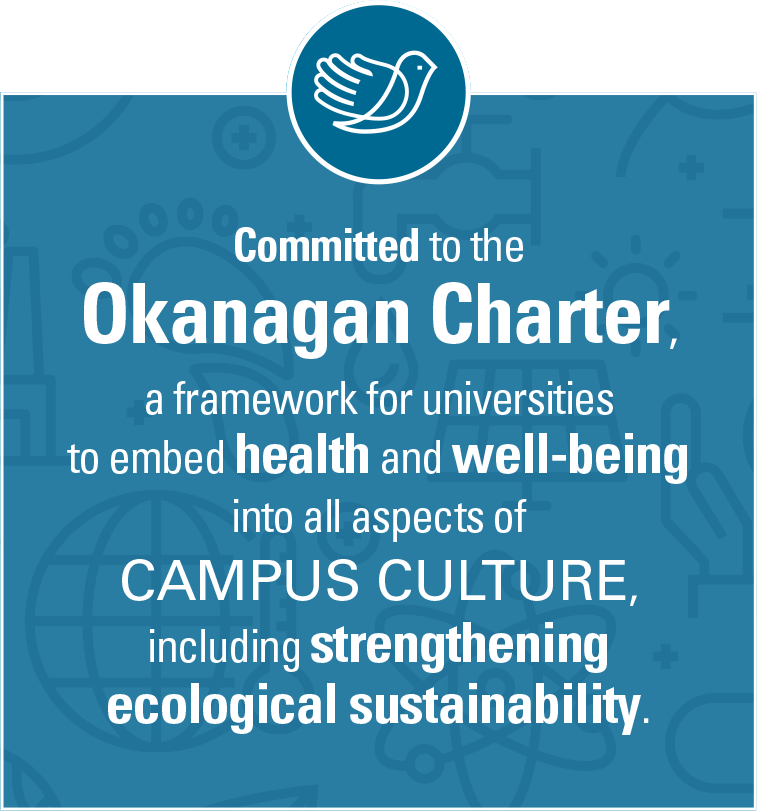

McMaster University is committed to designing and operating its campus and facilities sustainably and is mindful of the affects its actions have on the environment.
In 2005, McMaster became the first university in Ontario to develop and implement a Sustainable Building Policy. This policy states that every new building on campus will have a minimum of Leadership in Energy and Environmental Design (LEED®) Silver Certification in accordance with the Canada Green Building Council. Reducing water and energy consumption, emissions and waste are just a few ways McMaster can continue to achieve a more sustainable built environment.
Information Box Group
LEED® Certified Buildings at McMaster
Since the Sustainable Building Policy was adopted in 2005, McMaster has built eight new buildings and completed three extensive renovations of existing buildings, all of which have been LEED® certified. The David Braley Health Sciences Centre, built in 2014, is an example of how McMaster implements sustainability during design and construction. This building features green roofs, recycled material content such as concrete, silicone and woods, a cistern and grey water system, as well as bicycle share, car share, and electric vehicle parking spaces. The facility also includes water use reduction and efficiency systems, optimized energy performance, measurement and verifications, and during construction employed waste management and divergent strategies along with the use of low-emitting off gassing materials to achieve a LEED® Gold Certification.
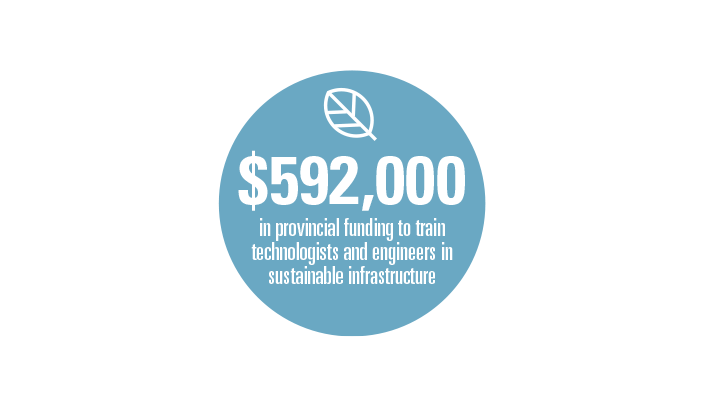
Sustainable Infrastructure Training
In partnership with the Faculty of Engineering’s W Booth School of Engineering Practice and Technology, the Canadian Society for Civil Engineering is developing a Sustainable Infrastructure Training Program and certificate. The program and partnership recently received provincial funding to train up to 150 technologists and engineers to design, construct, operate and maintain infrastructure that is sustainable and resilient to climate change. The project is one of the first to be approved through Ontario’s $115 million Skills Development Fund. The program provides participants with the critical skills and knowledge to fill in-demand jobs and will help to address an expected shortage of construction workers in the Hamilton community, further supporting economic growth in the province.
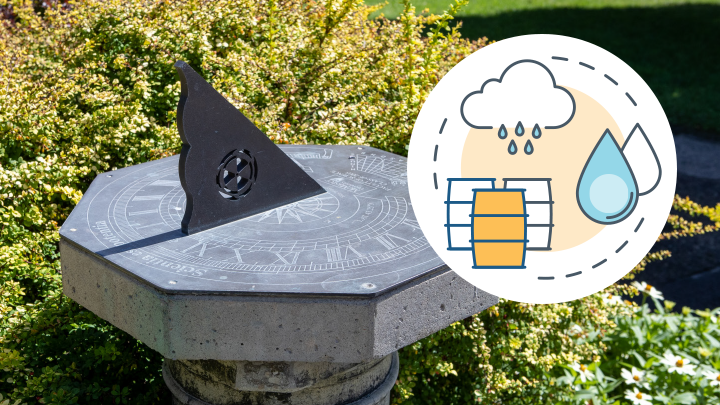
Rainwater Harvesting
Rainwater harvesting is the collection and storage of rain, rather than allowing it to run off. Rooftops are the most viable location for collection to avoid water contamination. Currently, McMaster has a number of rainwater collectors spread across campus. McMaster’s Facility Services Energy Management Plan outlines a proposed project to install new pipelines and pumps to
extract rainwater to be used for irrigation. The project is currently being researched and is estimated to save 648 cubic metres of water annually.
* Pictured above: Sundial in front of the General Science Building on campus.
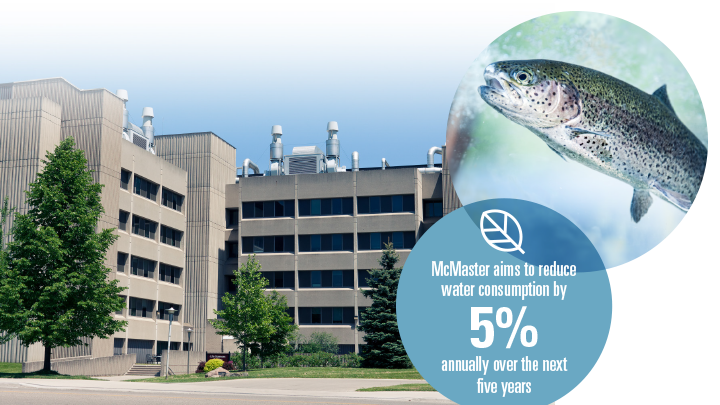
Water System Retrofit in the Life Sciences Building Fish Tank Room
The Life Sciences Building has a fish research room which currently utilizes a significant amount of potable water, approximately 40,000 m3, through fish tanks and drains it to the sewage system, at an annual cost of $140,000 at current water rates. In order to decrease McMaster’s water consumption, a project is in its final stages which involves implementing best practices from fish research labs at the University of Guelph and Environment Canada. The project includes a filtration and circulation system which will reduce water consumption of the fish tanks by approximately 80%, equivalent to 16 Olympic-size swimming pools of water. The project is McMaster’s most significant initiative to reduce water consumption and is expected to be completed in July 2021.
*Pictured Above: Life Sciences Building at McMaster University.
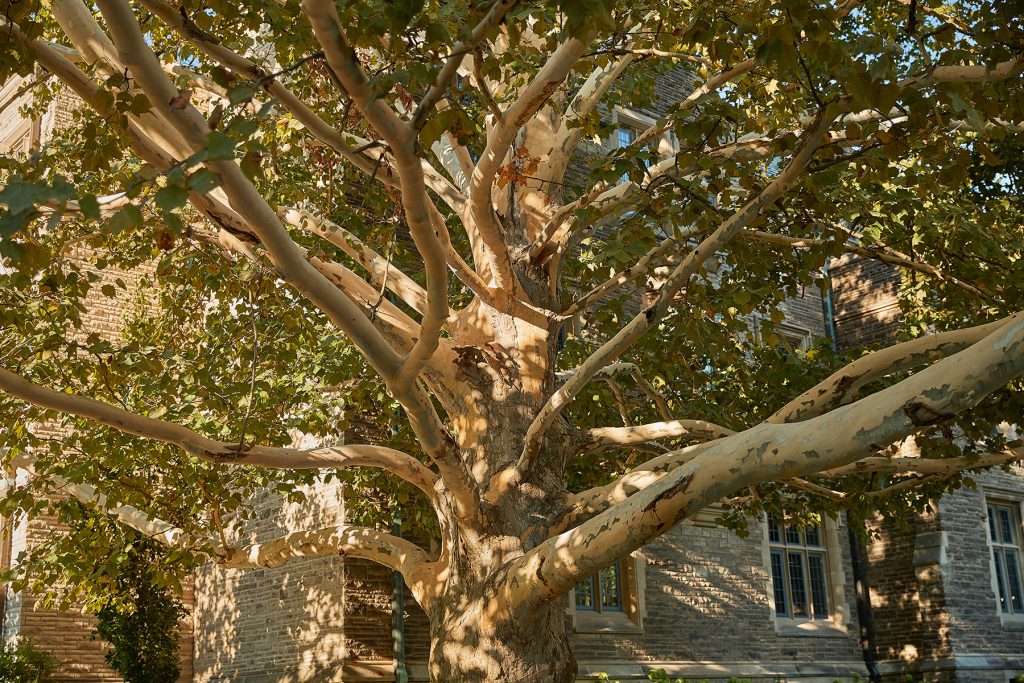
McMaster understands the need for climate action and the important role it can play in addressing climate change through all its sustainability efforts.
Climate change was identified by the McMaster community as a priority area through the President’s Strategy Planning consultations and in the 2020 Shape the Future survey. A key opportunity to address this challenge is through McMaster’s energy and emissions reductions initiatives across campus.
Information Box Group
By 2030, McMaster will reduce greenhouse gas emissions on campus by 75%.
This is a reduction of 30,300 tonnes of carbon dioxide equivalent (CO2e) annually,
or the amount of greenhouse gases emitted every year by 9,283 gas-powered cars.
McMaster’s Net Zero Carbon Roadmap
As part of McMaster’s commitment to a safe and sustainable campus, the university performed a study in 2020 to provide an analysis of the main campus carbon emissions and develop a plan for reaching the goal of net zero carbon emissions by 2050.
The study proposed McMaster reduce campus emissions by 75% by 2030 and by 90% by 2050, with the potential of purchasing carbon credits or installing additional renewable energy generation capacity to account for the remaining 10% of emissions reductions.
The Net Zero Carbon Roadmap explores reducing greenhouse gas emissions and proposes altering methods of power generation, energy conservation measures for our buildings, electrification and heat recovery projects, and fleet transition to electric vehicles. Design element strategies for new construction projects include high-performance building envelopes, efficient ventilation, and LED lighting with occupancy sensors. Renewable energy production using photovoltaic installations and carbon capture strategies are also potential future elements of the plan.
The plan for McMaster’s path to achieve a net zero carbon footprint by 2050 is in its early stages of implementation.
LED Lighting Retrofits
Since the inception of the Energy Management Plan in 2013, McMaster has decreased its electricity consumption and GHG emissions through various projects and programs, including LED lighting retrofits across campus. The lighting in many of McMaster’s residence buildings for example, has been replaced with LED lighting. LED lighting offers the promise of better quality lighting, energy savings and long life with low replacement costs. In 2018 the majority of the outdoor lighting fixtures were also replaced with new energy efficient LED lighting, including Parking Lot M and in indoor areas in MDCL, Burke Sciences Building and Hamilton Hall. Most recently, Facility Services replaced 72 halogen and fluorescent lights in the Nuclear Research Building with energy-efficient LEDs. This will save over 75,000 kilowatt hours of electricity annually or the equivalent amount of electricity used by six Canadian households.

Responsible Investment at McMaster
McMaster is a signatory to the UN Principles for Responsible Investment (PRI).
McMaster University’s invested asset pools each use a responsible investment strategy. Responsible investing integrates environmental, social, and governance (ESG) considerations into investment manager hiring and product monitoring processes. Environmental considerations involve assessing how a company within an invested product have an operational impact on physical natural resources and wildlife and how those impacts are stewarded. Social considerations incorporate how human capital is involved in or impacted by the company’s operations. Finally, governance involves the evaluation of a company’s corporate behaviours, including its complete, relevant, accurate and transparent disclosures to enable effective ESG assessments.
Responsible Investment at McMaster: Read More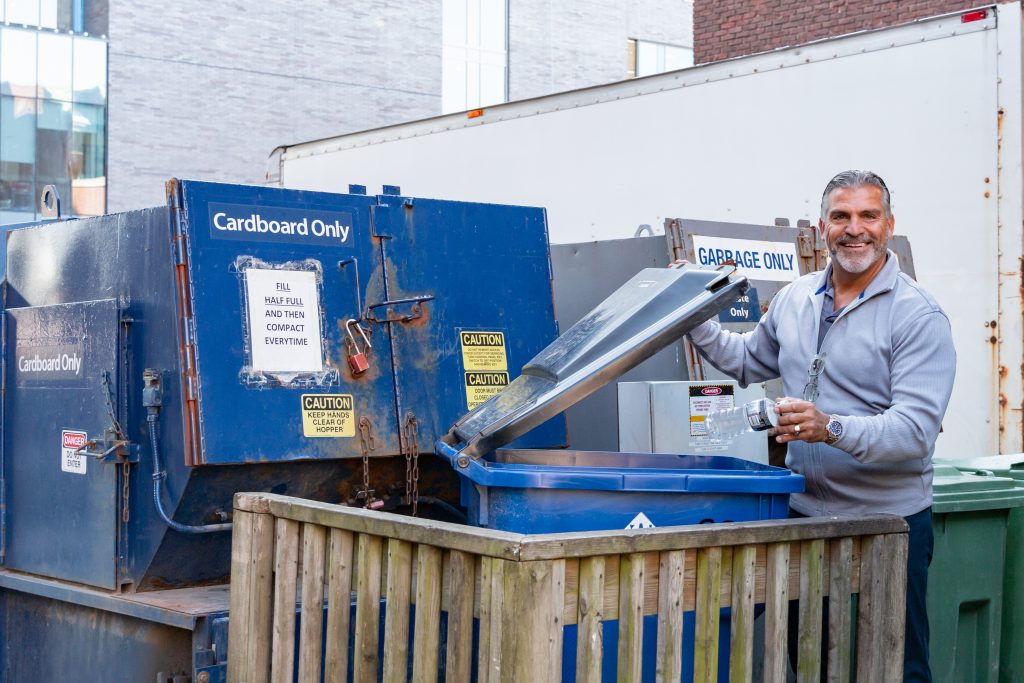
McMaster’s dedication to reducing its environmental footprint includes the way in which waste is managed.
McMaster aims to develop and promote initiatives which focus on reuse and recycling, composting and reducing single-use plastic. Numerous programs have been implemented on campus, including increasing the number of recycling and composting bins, switching to compostable products in campus eateries, eliminating single-use plastic bags at the Campus Store, and the IT and electronic waste reuse, recycle and disposal initiatives.
For more details on McMaster’s waste management see the
2019 Solid Non-Hazardous Waste Audit.
Information Box Group
In 2019: McMaster diverted approximately 52% of materials from landfill,
an 18% increase from the baseline waste diversion rate in 2012.
25% of materials on campus were recycled or reused
26.9% of materials on campus were composted
Waste and Recycling Bin Labelling
To continue to increase the percentage of campus waste diverted from landfill, McMaster developed a new waste labelling system aimed at enhancing waste diversion and reducing cross-contamination between different types of recycled waste. In the coming years, the waste and recycling bins will be relabelled, phasing out “this, that and the other” wording in favour of clearer “bottles & cans,” “paper” and “trash” along with photo illustrations and descriptions of what belongs in each.
McMaster Campus Store Eliminates Single-Use Plastic Bags
Previously the Campus Store was selling over 20,000 plastic bags annually. In order to reduce the amount of waste generated at McMaster, the Campus Store collaborated with the Office of Sustainability and developed a plan to remove plastic bags altogether. As of August 2019, there are only donated or reusable bags available at the cash register. The Campus Store plans to work closely with SUSTAIN students and the university to make the store more sustainable going forward. This includes, reusing packing materials when shipping online orders, encouraging buying and selling of used books to reduce emissions from shipping and production and highlighting sustainable products for sale in the Campus Store.
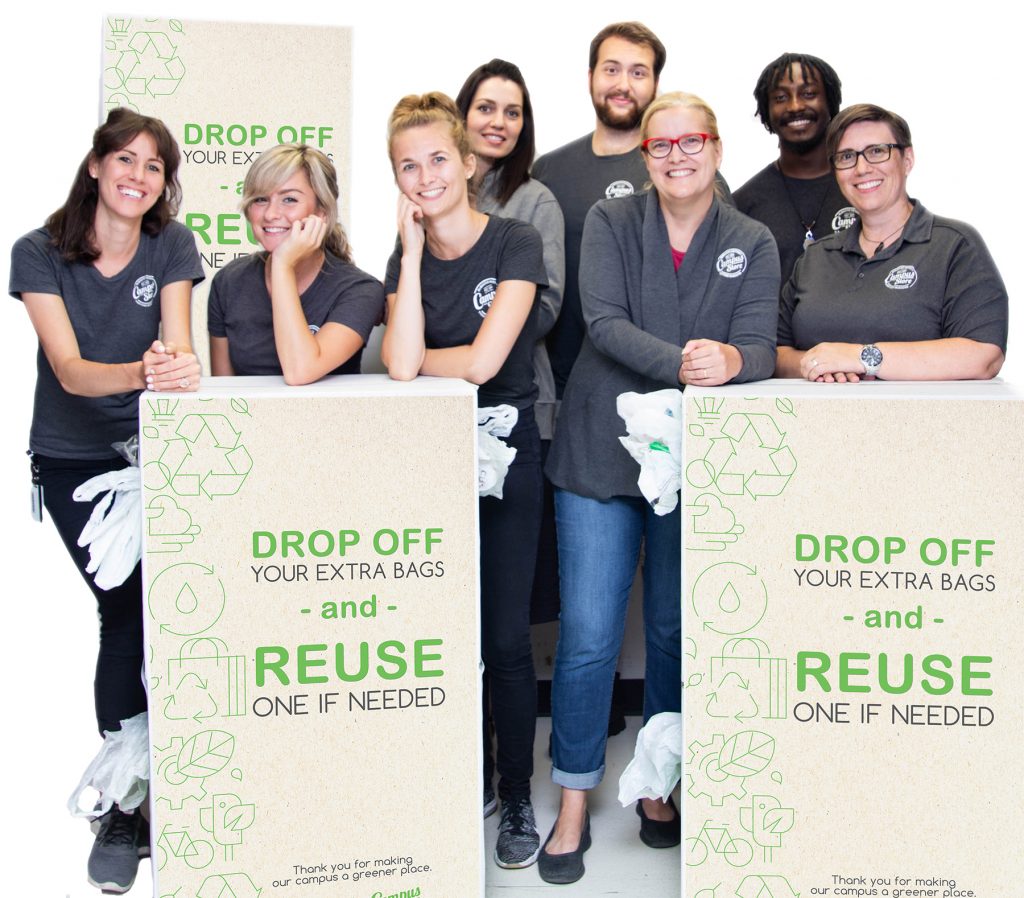
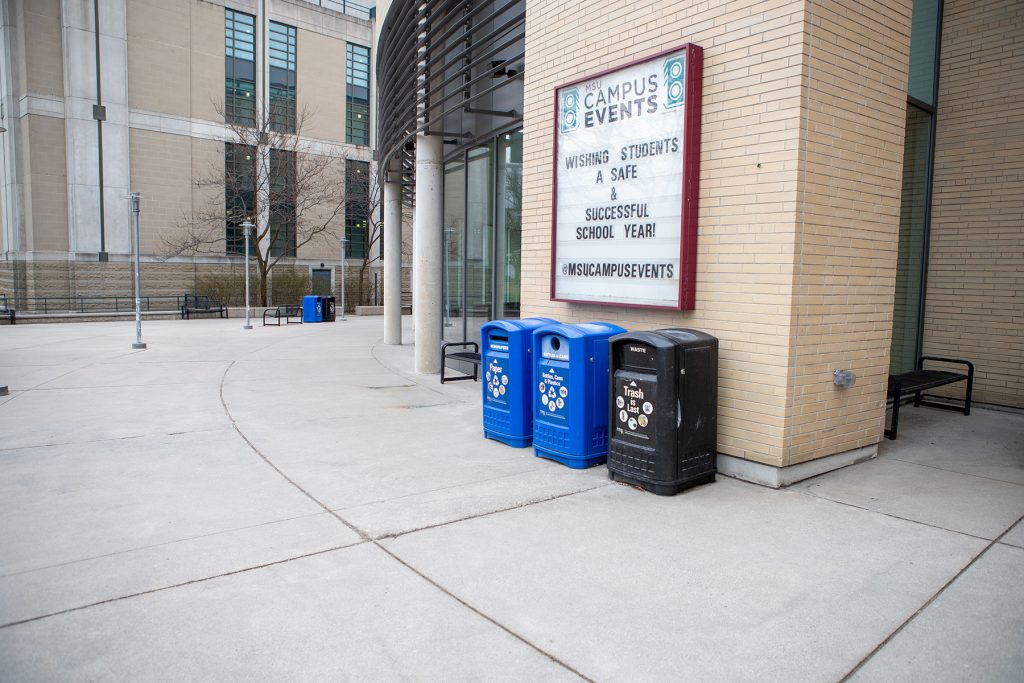
Spotlight: Students pitch signs that make the green choice clear on campus
Students aiming to make environmentally sustainable choices at campus disposal bins sometimes miss the mark, unintentionally placing recyclables in the trash and non-biodegradable products into organic waste bins.
As part of an Advocating for Sustainability course at McMaster University, a group of four students decided to conduct research to learn if signage at the bins impacted disposal behaviour and decided to take a closer look by surveying students on McMaster’s waste sorting.
Information Box Group
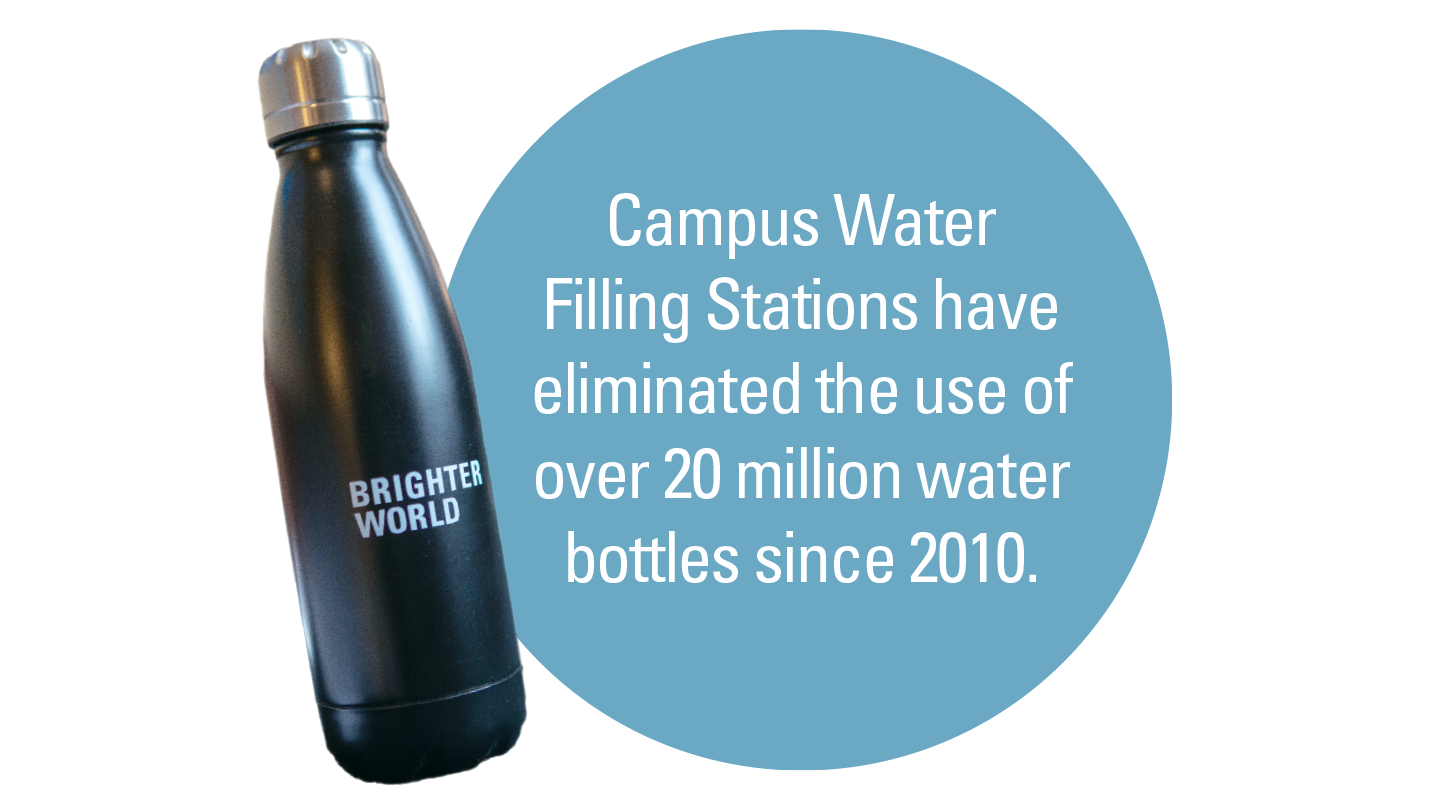
Promoting Reusable Bottles Through Campus Water Filling Stations Read More
McMaster recognizes the need for responsible consumption, which includes a reduction in single-use plastics. To meet this challenge, over 200 water fountains and filling stations are available across campus. This allows people to refill reusable water bottles to reduce the use of disposable plastic bottles. Each fountain is equipped with a sensor showing the number of plastic water bottles diverted from landfill.
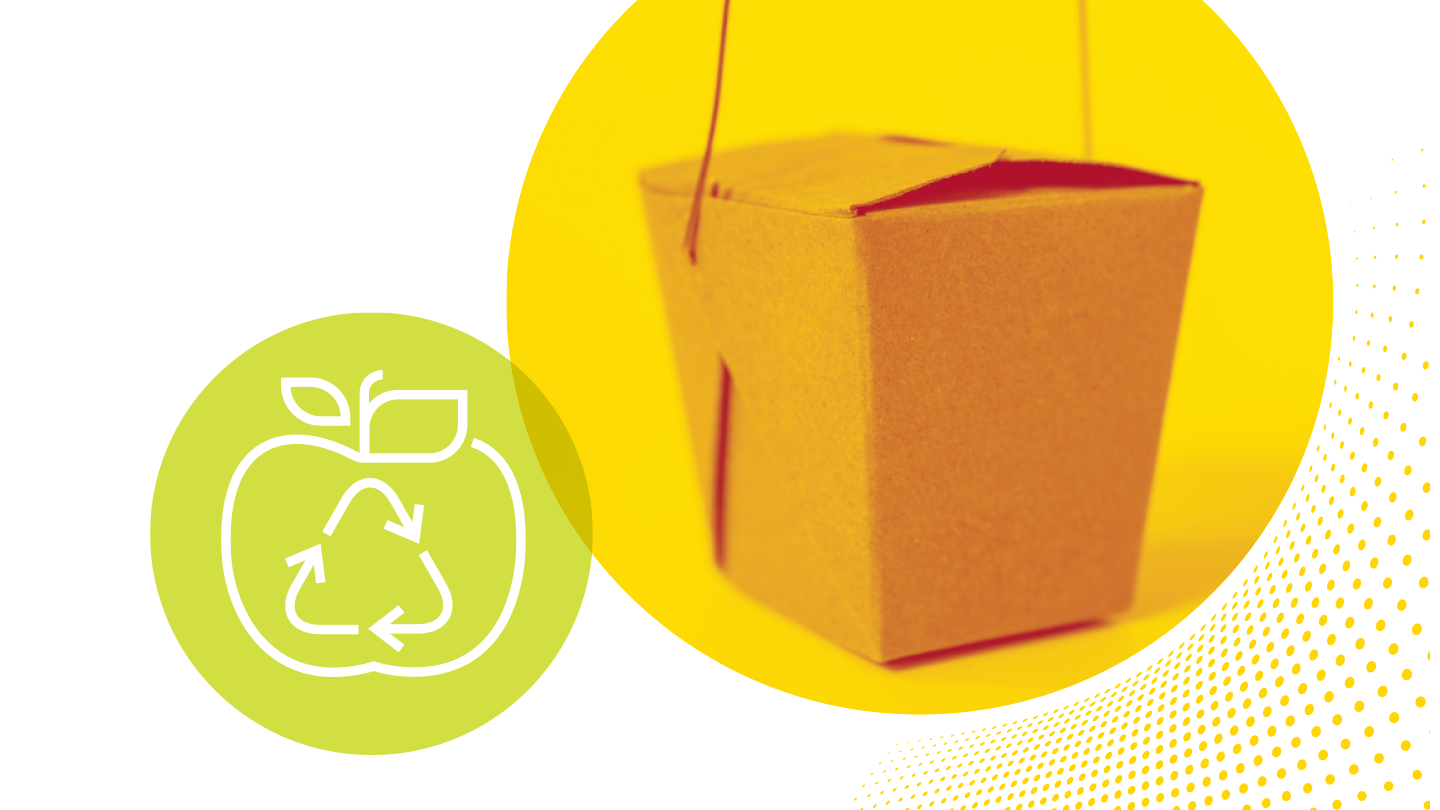
Compostable Products
Takeout containers and packaging contribute to be a large percentage of McMaster’s waste as they travel from restaurant to landfill. In 2019, Hospitality Services implemented compostable cutlery and take-out packaging across campus. The update will replace single-use plastics, annually saving 1.3 million pieces of take-out plastic cutlery and 120,000 plastic straws from landfill. In addition, 194,000 compostable coffee cups were added. Diners can dispose of compostable products in organic food waste bins across campus.
From Trash to Treasure
Created by a team of students enrolled in SUSTAIN 3S03, the aim of the Trash to Treasure project was to reduce IT waste and donate refurbished electronics within the local community. In 2020 the student-run project was the recipient of the Climate Change and Health – Innovation Award through McMaster’s Academic Sustainability Programs Office
Trash to Treasure is now piloting a furniture reuse project where surplus university-owned furniture can be reused directly between McMaster departments and student groups. Before disposing of the furniture, students, staff and faculty are encouraged to post it to the Trash to Treasure Furniture Reuse Group on Facebook. Facility Services is responsible for the pickup and transfer of (university-owned) items posted on the group at no cost.
- 1000 kilograms of IT waste diverted through collection, refurbishment and community donation
- More than 100 computers collected from across campus
- 70 computers sanitized, refurbished and donated to local children in need in collaboration with local non-profit organization greenBYTE



